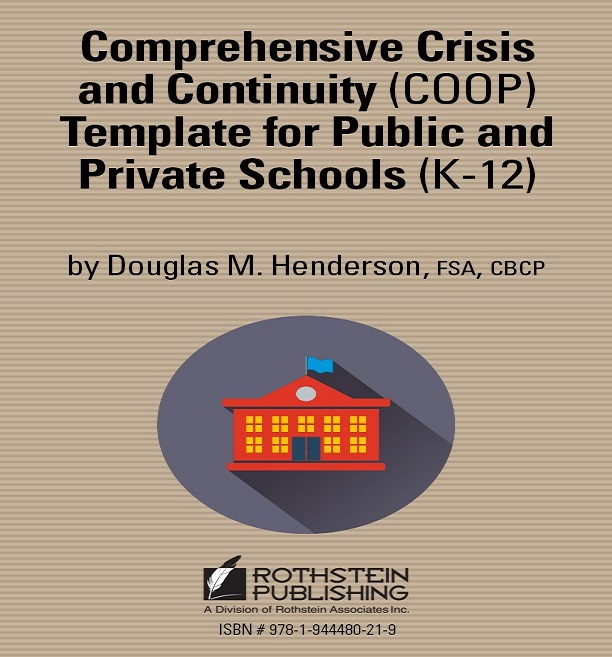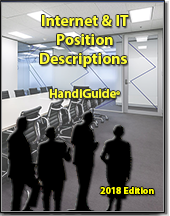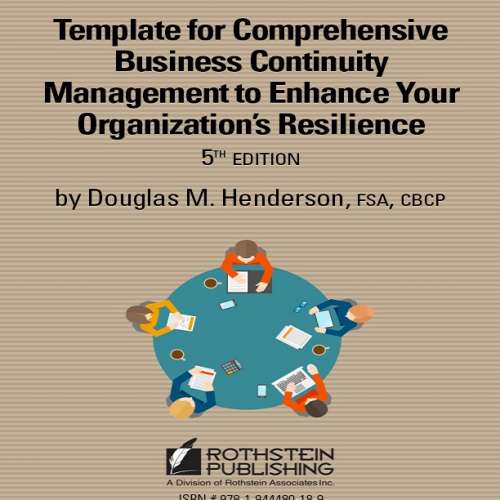About the Author
 Douglas M. Henderson, FSA, CBCP, President of Disaster Management, Inc., has 20 years of experience in the management and human resources fields with major consulting firms. In August of 1992, Mr. Henderson was the key associate of the Emergency Response Team for a consulting firm located in South Miami-Dade County. Inspired by the real life business experience with Hurricane Andrew and the lack of preparation within the business and academic community, Mr. Henderson founded Disaster Management, Inc.
Douglas M. Henderson, FSA, CBCP, President of Disaster Management, Inc., has 20 years of experience in the management and human resources fields with major consulting firms. In August of 1992, Mr. Henderson was the key associate of the Emergency Response Team for a consulting firm located in South Miami-Dade County. Inspired by the real life business experience with Hurricane Andrew and the lack of preparation within the business and academic community, Mr. Henderson founded Disaster Management, Inc.
Mr. Henderson’s clients include Bombardier Capital Group, CP Ships, Discovery Channel Latin America, Intek Plastics, Kemper-NATLSCO, Professional Golfers’ Association (PGA), University of Miami, United Educators Insurance Company and numerous other organizations of all sizes. The activities he has undertaken on behalf of these organizations includes Site Inspections, Risk Assessments, Business Impact Analyses, Strategy Developments, Business Continuity Plans, Emergency Response Plans, facilitating Tabletop Exercises and more.
Mr. Henderson has a Degree in mathematics from the University of Arizona, a Fellow – Society of Actuaries and a Certified Business Continuity Professional. Mr. Henderson is the author of the book Is Your Business Ready for the Next Disaster? and the following planning templates: the Business Continuity Plan for Higher Education, the Continuity of Operations Plan for Colleges and Universities, the Continuity of Operations Plan for Public & Private Schools (K-12), the Complete Hurricane and Flood Plan, Comprehensive Business Continuity Management Program and other planning templates. Mr. Henderson is the coauthor of the textbook Business Continuity and Risk Management: Essentials of Organizational Resilience. Mr. Henderson is also a frequent speaker and contributor of articles to professional magazines and journals.





